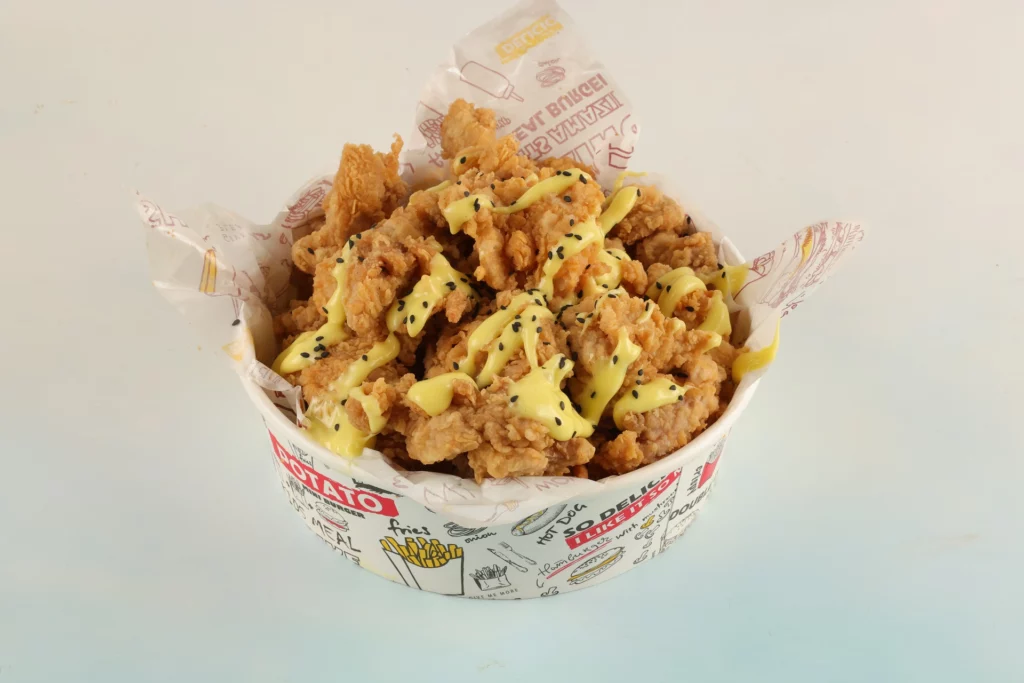Fried chicken is a beloved dish around the world, with countless variations and recipes that have been passed down through generations. But where did this crispy and delicious dish originate? In this article, we will explore the fascinating history of fried chicken, including its cultural roots, migration patterns, and global impact.
Origins of Fried Chicken
Fried chicken has a long and complicated history, with multiple cultural influences contributing to its development. The concept of cooking meat in hot oil is not unique to any one culture, and many cuisines have their own variations of fried chicken.
One theory suggests that the first instance of fried chicken can be traced back to West Africa, where the chicken was seasoned, dredged in flour, and fried in palm oil. Enslaved Africans brought this cooking technique with them to the United States, where it eventually became a popular Southern dish.
Another theory posits that Scottish immigrants brought their tradition of frying chicken in fat to the United States in the early 1800s. However, this version of fried chicken was typically less seasoned and lacked the crispy coating that is popular today.
The Rise of Southern Fried Chicken
By the mid-1800s, the fried chicken had become a staple of Southern cuisine. African American women, who were often employed as cooks and domestics in wealthy households, played a significant role in perfecting the dish and introducing new flavor profiles.
In the 20th century, Southern fried chicken became a symbol of comfort and hospitality, with restaurants and fast-food chains capitalizing on its popularity. Today, Southern-style fried chicken is often characterized by a seasoned flour coating and deep-frying in lard or vegetable oil.
Fried Chicken Goes Global
As people around the world have traveled and migrated, so has the popularity of fried chicken. In the United Kingdom, fried chicken became popular in the 1950s with the rise of American-style fast-food restaurants. Today, fried chicken shops are a staple of British cuisine, with many offering variations like spicy wings and chicken burgers.
In Korea, fried chicken has been elevated to an art form, with crispy wings and drumettes served with a variety of dipping sauces and toppings like sesame seeds and green onions. Korean fried chicken is typically double-fried, resulting in an ultra-crispy exterior.
In Japan, karaage is a popular variation of fried chicken that is typically marinated in soy sauce, ginger, and garlic before being dredged in potato starch and fried until golden brown. Karaage is often served as a snack or appetizer and is a beloved comfort food in Japanese cuisine.
Food Safety and Health Considerations
While fried chicken is undoubtedly delicious, it is important to consider the potential health risks associated with consuming too much-fried food. Fried chicken is high in fat, calories, and sodium, which can contribute to obesity, heart disease, and other health issues. To minimize these risks, it is important to consume fried chicken in moderation and to opt for healthier cooking methods, such as baking or grilling, when possible.
Additionally, proper food safety practices are crucial when working with raw chicken. Chicken should always be cooked to an internal temperature of 165°F (74°C) to ensure that any harmful bacteria are destroyed. To minimize the risk of cross-contamination, be sure to use separate cutting boards and utensils for raw and cooked chicken and to wash your hands thoroughly with soap and water before and after handling raw poultry.
Fried chicken has a rich and complex history, with multiple cultural influences contributing to its development and popularity around the world. From its origins in West Africa and Scotland to its rise as a beloved Southern comfort food, fried chicken has become a symbol of hospitality, comfort, and cultural exchange.
While fried chicken is und undoubtedly delicious, it is important to consume it in moderation and to consider healthier cooking methods whenever possible. Additionally, proper food safety practices are crucial when working with raw chicken to minimize the risk of foodborne illness.
Whether you prefer classic Southern-style fried chicken, spicy Korean wings, or Japanese karaage, there is no denying the global appeal of this beloved dish. As we continue to celebrate and explore the cultural roots of fried chicken, we can appreciate the unique flavors and techniques that have made it a staple of cuisines around the world.

